To succeed in today’s market, you need an abundance of content. It doesn’t matter if it’s a blog, video library, or webinar — whatever you’re producing needs to be top-notch. And the only way possible to provide that level of quality is through the creative process itself.
High-quality, consistent content is essential for any business. So, let us first see what is content, and how does it play important role in business? And then we will dive into the content creation process.
As mentioned above content creation process is the production of any type of content that appeals to your customers. This can be video, audio, or written (not all types of content are created equal). There are many types of content creators and they each have different processes.
The purpose of this post is to help you understand each process as well as how to determine if your company needs one and if so which one it should be.
The content creation process can be daunting, but it doesn’t have to be. In this post, we will outline and walk you through the importance of the content creation process, content creation ideas, strategies, tools, and much more.
Let’s get Started!
Why content creation for your business?
Today there’s an abundance of media and online platforms that focus on selling products and services. The content you produce can help make or break the prospects for your business.
Content marketing is the process of establishing a relationship with your audience by creating and distributing valuable, engaging content that provides value to consumers.
We all know that the consumption of digital content is rising day by day. Gen Z and millennials love to spend their time on digital devices.

64% of marketers spend time in SEO and 82% of marketers in content marketing.
Do you wonder why? Let us see
- Content marketing generates three times more customers than traditional marketing does. – Demand Metric
- When compared to traditional marketing Content marketing costs 62% less.
- 82% of the customers feel positive about a company after reading custom content.
- Specifically, 10% of marketers who are creating blogs regularly say content marketing generates the biggest return on investment.
- 46% say that they would love to spend more on content creation – CMI
For marketers, we can say content = growth
Isn’t it enough to start creating content for your business?
Now the question is where and how the content creation process should start.
Content Creation Process
When you’re creating content for your website, it’s important to remember that the process is not just about sitting down and writing the post. You need to do research and create a plan before beginning so that you can follow through on your goal of getting visitors back to your site.
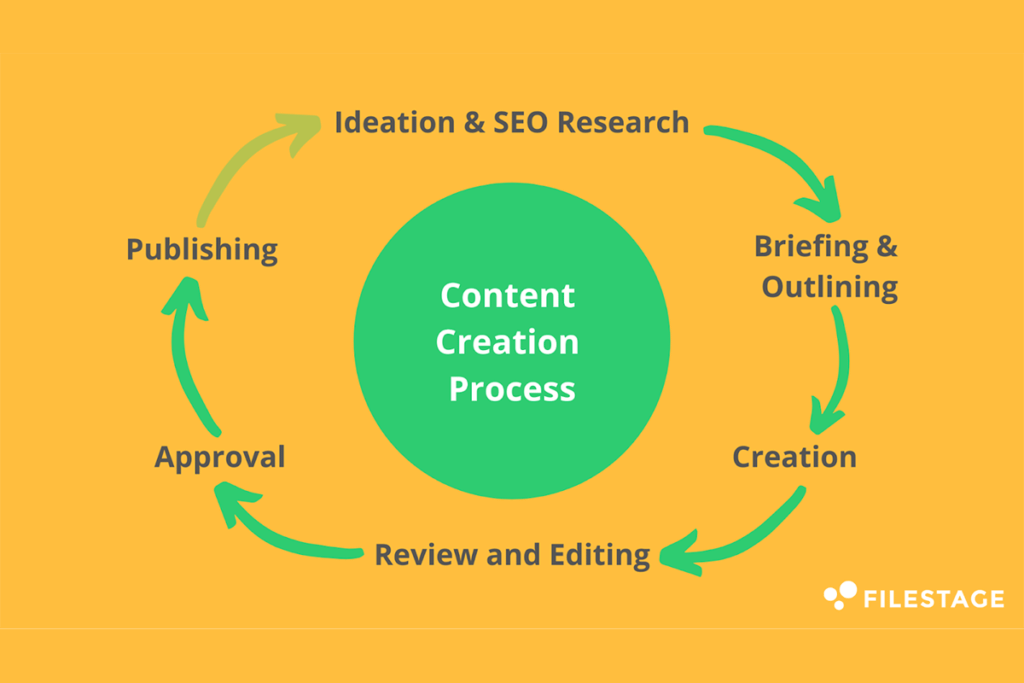
Here are some things you should consider when planning out which direction/topic will work best:
- Our audience (what do they want?)
- Your goals (why do they need this information?)
- What are their needs or problems right now (are there any competitors who have similar offerings)?
Idea creation
The first step to creating content is coming up with an idea. Ideas come from your life experiences, your personal interests, and professional experiences.
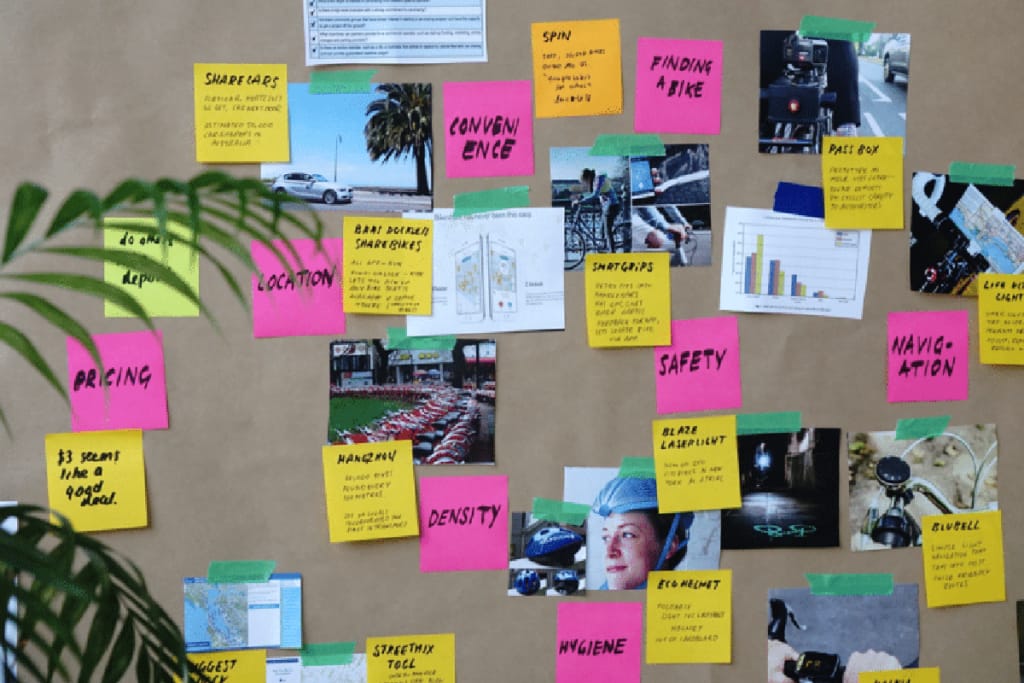
You may have heard someone say that ideas come from everywhere and nowhere at the same time – this is true! Ideas can be sparked by anything: a conversation with someone you meet at work; watching a movie or reading a book; smelling something delicious in the air; hearing music playing on your way home from school…the list goes on!
Figure out your goal
The next step in creating content is figuring out your goal. Your goal can be as simple as getting more followers on social media, or it could be much more complex.
For example, you might want to create a blog post about the benefits of using natural ingredients in your skincare routine. Or perhaps you’d like someone who cares deeply about their health and fitness to share their story with others through an article or video on living a healthy lifestyle.
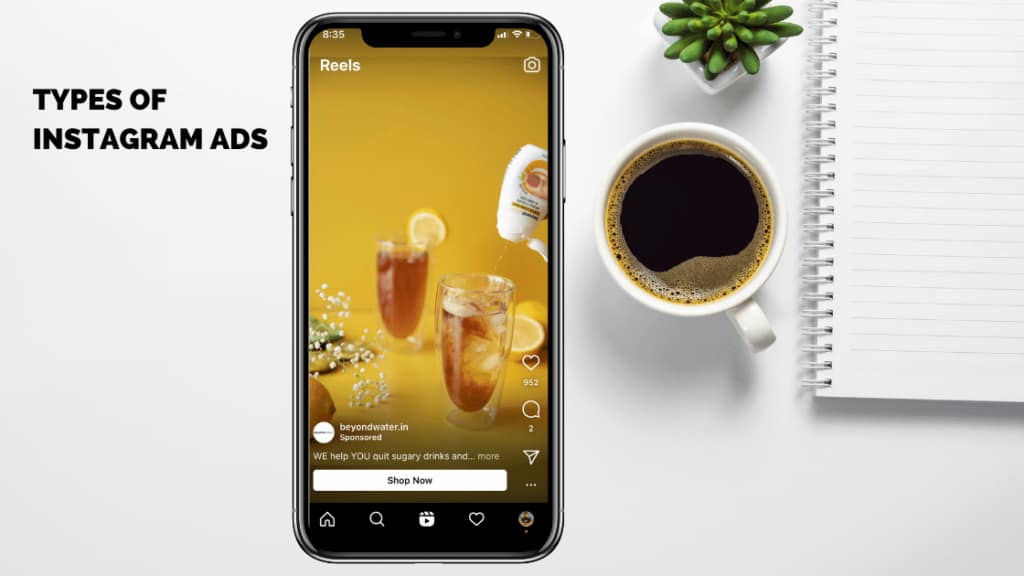
Your audience may be interested in different things than what you originally thought they would be interested in – but don’t worry!
The most important thing is that everyone wins! If your client loves reading about how-to’s for growing tomatoes indoors but then finds out that no one else does too… well then maybe there isn’t really much point anyway since no one else will see this post anyway (unless someone reads it after them).
Identify the audience to which you are going to target your content
To begin, you should identify the audience you will target for your content. You can do so by knowing whom you are talking about and what they want to read or see.
You need to know whom you are talking about since it will help in making sure that the content is relevant for them as well as helpful for them.

You also need to learn their interests and hobbies so that when writing blog posts or articles, they won’t get bored while reading because of not knowing what exactly they should look out for while reading those pages of information provided by someone else or watching video long video.
Do research for your content creation process
The important step in the content creation process is to do research. You need to know what your audience wants and what the competition is doing, as well as what industry standards are currently being used. This will help you create a plan for the kind of content that will resonate with your audience.

To get started, find out:
- What their preferences are (e.g., what do they like?)
- What format(s) do they prefer – Blog, Podcast, Video, Graphics, Webinars, E-books?
Create a persona for your audience
Before you can create content for your audience, you’ll need to know who they are. A good way to do this is by creating personas—fictional characters that represent your target audience.
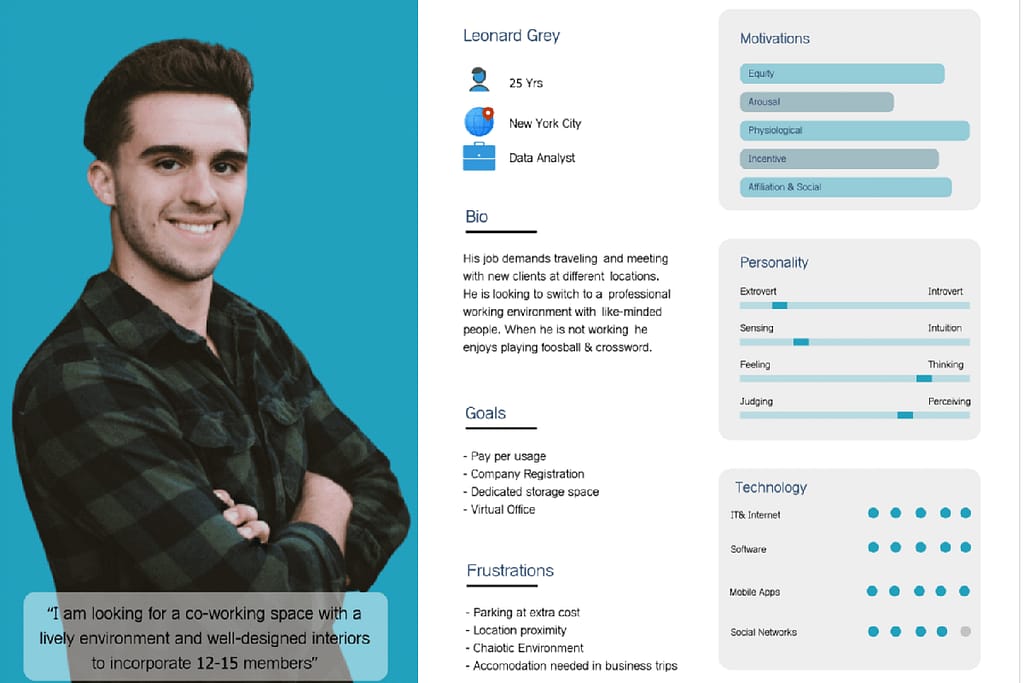
Personas can be based on real people, but they should be more like archetypes than actual individuals.
Personas should include information about their demographics, psychographics, and personal preferences.
If possible, try to use the same framework for all types of content; the same persona will probably be relevant across many types of media or sites where you want to publish your writing.
Create a content pipeline
The content pipeline is a system that helps you plan, create, and publish your content. This includes tracking how much time you spend on each step of the process.
You can use it to manage your content so that it doesn’t fall through the cracks or get lost in a sea of other projects.
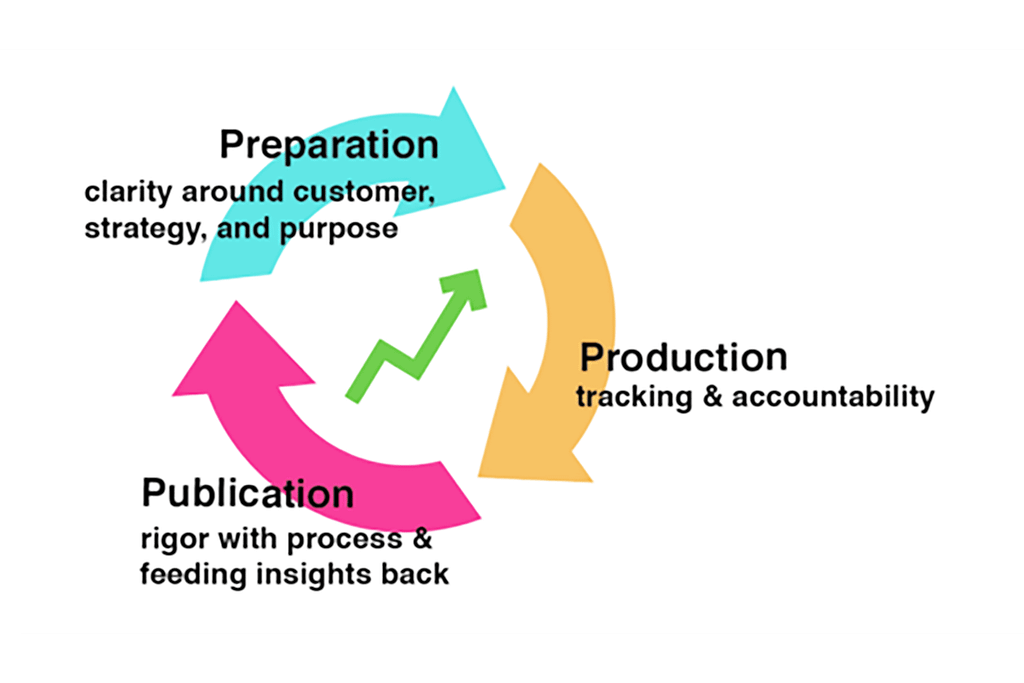
Here are some examples of what this toolkit might include:
- A calendar with deadlines for each stage of production. You’ll be able to see when posts go live and any delays due to holidays or vacations (if applicable).
- A list of resources related to each stage—for example: “I used this resource for my next post about X.” This will help ensure there’s never too much information floating around out there!
Creating and planning content ideas based on the content calendar
The next step in creating your content is deciding what kind of information you will be sharing, who it’s for, and when you plan on publishing it.
Once you have this information in mind, it’s time to start building out a content calendar for your brand or business.
A typical marketing strategy involves creating several different types of content throughout the year (or month).
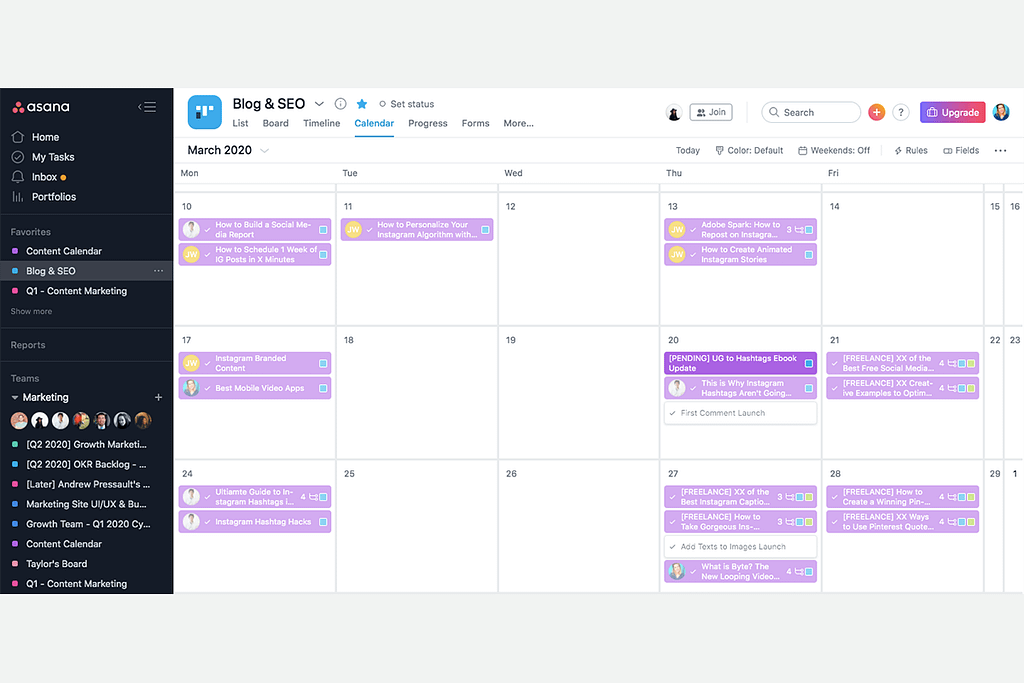
For example blog posts about upcoming events; landing pages that help people learn more about products being sold by your company; press releases announcing new services offered by an agency; social media updates regarding special offers at certain retailers or restaurants located nearby where customers might shop or dine regularly during their travels across town/state/country etcetera…
Create your content by outsourcing or doing it yourself
You can outsource the content creation and do it yourself. Outsourcing is a great way to save money and time, but it also requires more work on your part than simply creating content by yourself.
If you decide not to outsource at all, then you may want to consider hiring an in-house writer or editor who specializes in writing for different kinds of websites (like blogs).

If you decide that outsourcing isn’t for you and want someone else’s help with writing and editing, look for someone who has experience.
There are plenty of freelancers available who will gladly take on this job as long as they receive payment upfront before any work is done; however, there are some downsides associated with hiring such people such as having them come up with ideas themselves instead of asking questions first before committing anything too seriously into their proposal (which could lead them off track).
Publish the finished product and attract an audience to it
Once you’ve finished your content and it’s ready for the world, it’s time to publish. Publishing is the act of making your work available for consumption by others.

This can be as simple as sending out an email newsletter or posting it on social media, but there are many more options available if you want to go big:
Create an online store where people can purchase physical copies of your book via Amazon or other retailers. You’ll want to ensure that all sales go through this channel and not directly back into your pocket (so don’t take any money from these sales).
You might also consider partnering with companies like Book Baby who offer formatting services at no cost so that when someone buys something from their website they get the same format as what was used in production, rather than having to do some hacking yourself.
Use influencer marketing techniques such as employing bloggers whose audience overlaps with yours; when they post about a product on their site/blog/etc., there’s an increased chance that someone who sees those posts will buy something similar instead!
You do not need to follow a strict process for your creative endeavors, but it helps if you want to make a living off that creativity.
The creative process is a combination of instinct and discipline. It’s also a combination of art and science, emotion and logic, inspiration and perspiration.
In order to create something new, there are two steps you must take: first, you have to dream about it; then once you’ve dreamed up your idea(s), you need to execute them in such a way that they’re not only successful but also memorable as well.
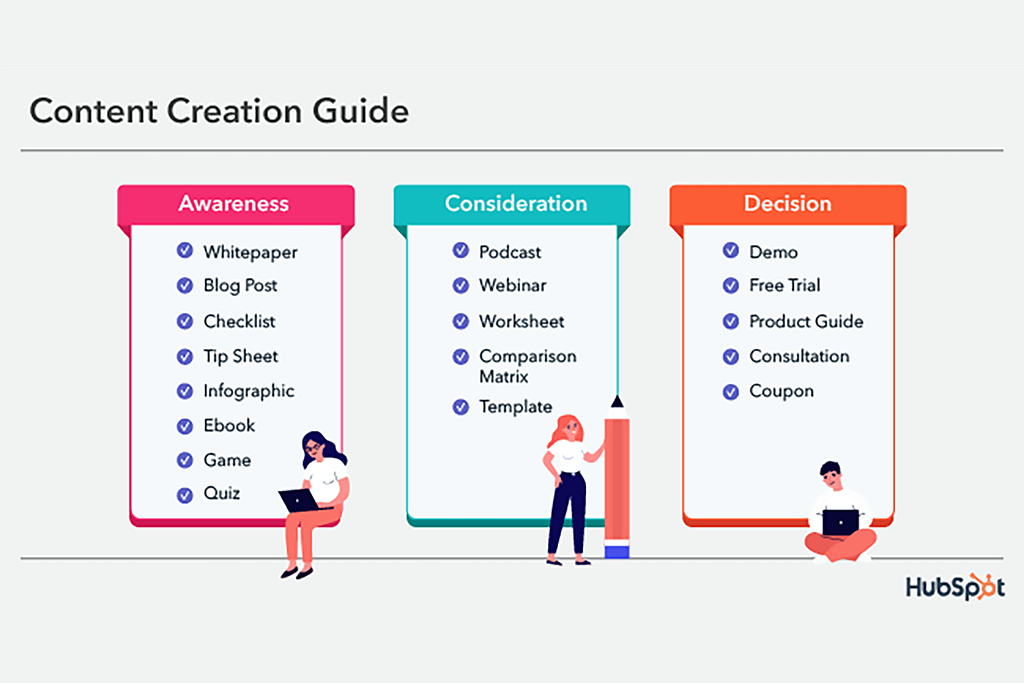
When it comes down to making money off your creativity (which is what most people want), there are three ways this can happen: one through creating original works of art; another through selling licenses for those same creations; or third through selling other people’s original works of art based on yours – which again requires both looking up something new with first-hand experience under one’s belt before going forward into production mode!
Tools for Content Creation
Content creation tools are a wide range of software applications that are used to generate content. They can be used for marketing, communications, or any other purposes.
Content management systems (CMS) are designed as platforms for managing websites, blogs, social media posts, and other online communications projects.
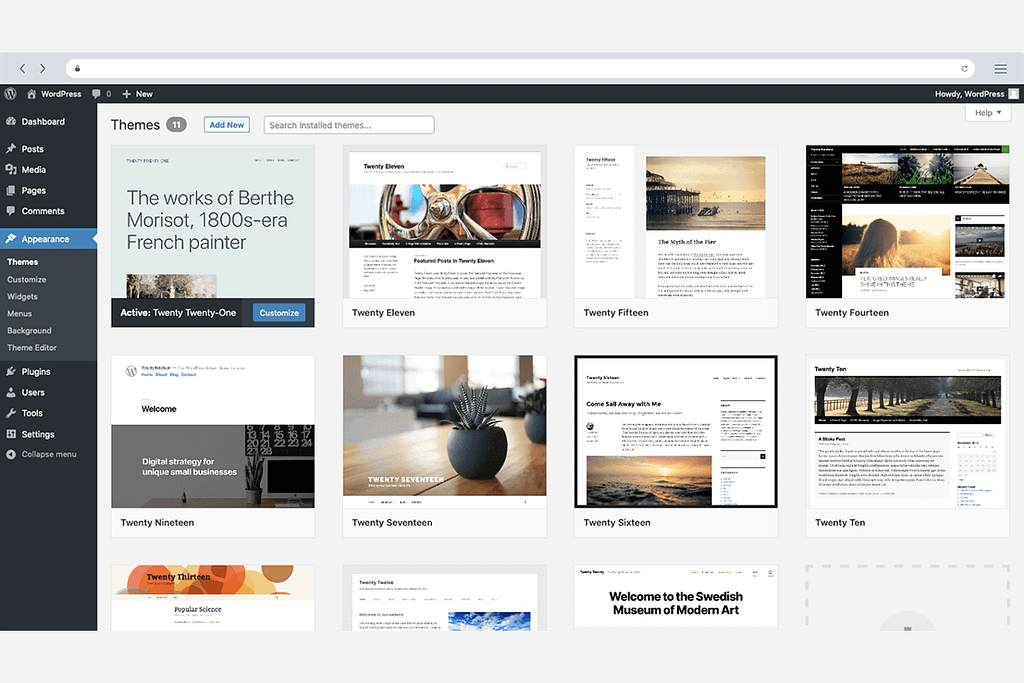
CMS platforms provide a framework for organizing and managing all the information on your website or blog. This includes text, images, videos, audio files, and more.
CMSs also provide an easy way to keep your site up to date with new posts and pages without having to know how to code HTML or CSS yourself.
WordPress: WordPress helps in creating blogs, and publishing blogs.
Google Docs: Editing the content
Grammarly: Helps in editing the content for correcting the grammar.
Ahref: Helps in Keyword research
Vidyard: Helps to create B2B marking videos
Conclusion
The content creation process starts with an idea, which is then refined into a draft or final product. Content creation can take many different forms—it’s not just writing and editing content articles, recording videos, or creating infographics.
You might want to hire someone else to create your blog posts or make videos for you, but don’t forget about all the other steps in between! Creating great content takes time, effort, and skill.
That’s where Wilson Wings comes into the picture and offers its services on creating content. Internationally trusted agency to make your brand and company known by everyone, Wilson Wings adds a personal touch to every type of content we create to make you rise higher in the market.





